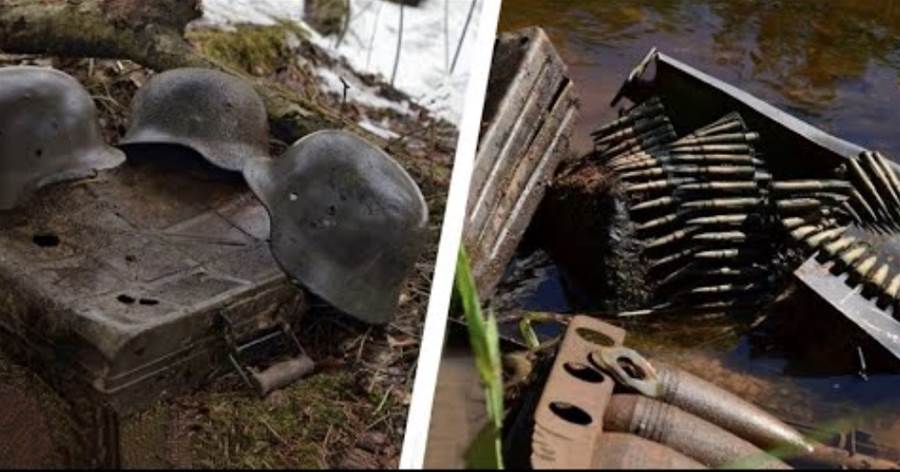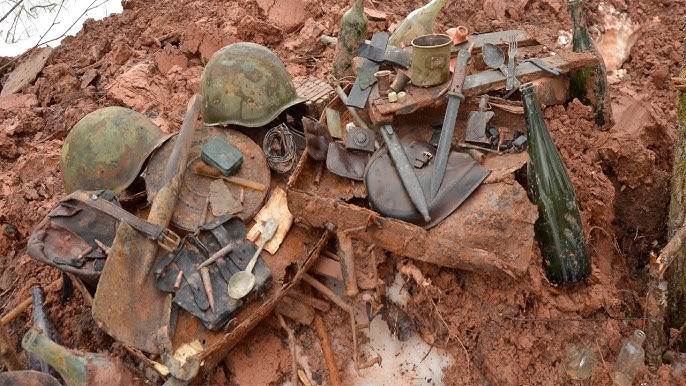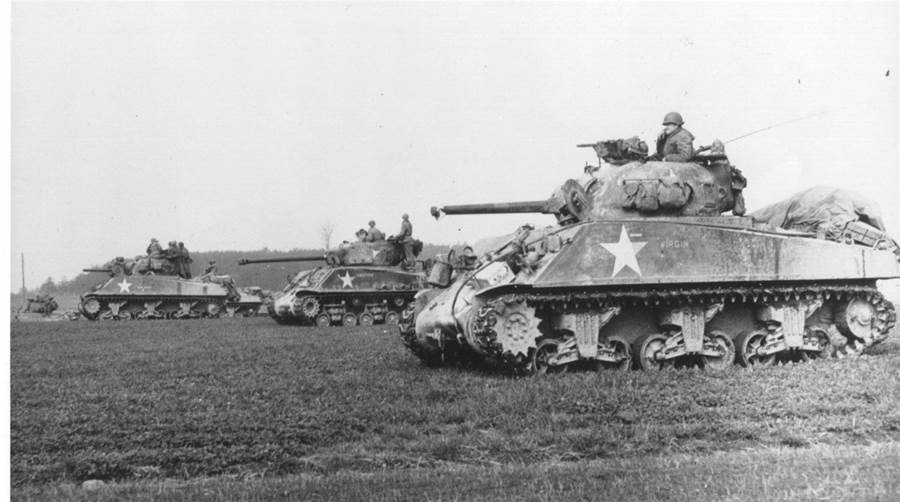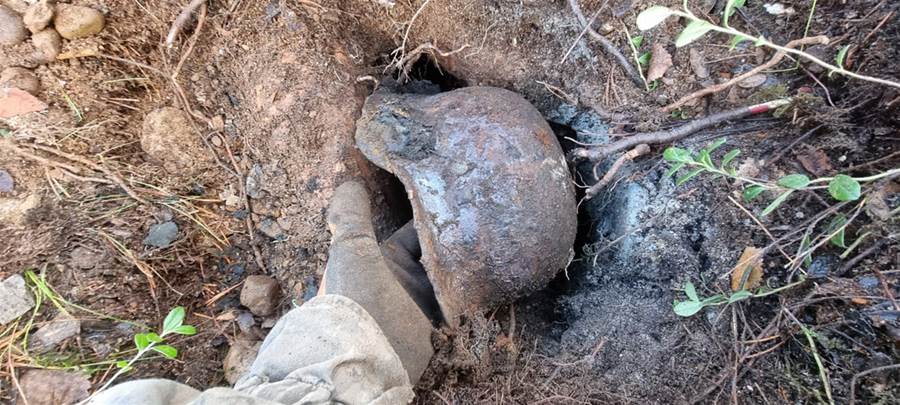
This video’s footage is courtesy of our friends from the World with Tadfer channel, who specialize in uncovering military artifacts from around the world. We highly recommend subscribing to their channel; you can find the link in the description below.

In late January 1945, the German army faced a critical situation in the west. Following the failure of Hitler’s Ardennes offensive, Allied forces were pushing German troops out of France and nearing the borders of the crumbling Third Reich.
The Germans clung to a vital stronghold in France known as the Colmar Pocket, which included crucial bridges across the Rhine. Desperate to retain this position, they launched fierce counterattacks to drive the Americans back.
On January 26, 1945, Lieutenant Audie Murphy achieved a legendary stand in this very area. We’ll delve into his incredible story using modern technology, ground footage, veteran accounts, and archival materials.
Audie Murphy’s rise to fame was extraordinary, given his unassuming start.
Born in rural Texas in 1925 to a poor farming family, Murphy was small and slight. When he enlisted in June 1942 at the age of 17, he was just 5 feet 4 inches tall and weighed 112 pounds. His slight build and youthful appearance earned him the nickname "Baby" during his training. Despite his physical size, Murphy demonstrated extraordinary bravery and skill.
Murphy landed in North Africa in February 1943 and joined Company B of the 15th Infantry Regiment. His talents quickly became apparent, and he soon gained recognition for his sharp shooting and tactical acumen.
His combat career began in Sicily in July 1943 and continued with notable actions, including a courageous solo attack on a German machine gun nest and several acts of valor in subsequent battles.

By January 1945, now a Second Lieutenant and still only 19, Murphy and his men were stationed in the Colmar Pocket. Their unit had been severely depleted from over 100 to just 40 men. Positioned in a precarious location, they faced an imminent German counterattack.
The ground was frozen solid, making it difficult to dig in, and the nearest support was miles away.
On January 26, the Germans launched their assault with six Panther tanks and 250 infantrymen advancing under heavy artillery fire. Murphy, aware of the dire situation, ordered his men to prepare a secondary defensive position further into the woods and attempted to call in artillery support.
As the German forces advanced, Murphy’s situation worsened. The rear Wolverine tank destroyer was hit, and its crew abandoned it.
The remaining Wolverine became immobilized, leaving Company B to face the full force of the German attack. Murphy, however, stayed at his command post, directing artillery fire and covering his men’s retreat. Despite coming under intense fire, he remained at his post, firing his carbine until his ammunition was exhausted.
In a desperate move, Murphy climbed onto a burning tank destroyer to man a .50 caliber machine gun. Exposed and silhouetted against the snowy background, he continued to fight despite the danger from both the enemy and the imminent risk of explosion from the burning vehicle.
His bravery was crucial in holding back the German advance and allowing his men to withdraw to safety.
The bravery of Lieutenant Audie Murphy during the battle at the Colmar Pocket remains a powerful example of heroism. His actions, detailed through modern technology and historical records, continue to inspire and commemorate his extraordinary courage under fire.
The article is not finished. Click on the next page to continue.
Next page


















